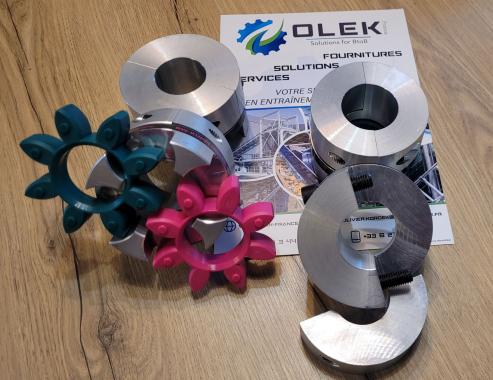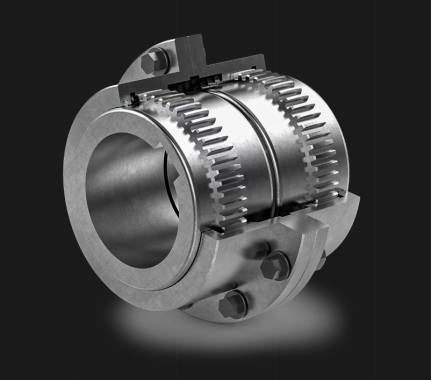RETHINKING TIGHTENING MEASUREMENT USING ULTRASOUND

RETHINK ULTRASONIC TIGHTNESS MEASUREMENT!
1. Limitations of traditional tightening methods
Traditional tightening methods, such as torque and angle torque, no longer meet the precision and performance requirements of modern industry. After hundreds of visits to industrial sites, TRAXX notes that torque tightening can result in an uncertainty of ±50% in the final tightening tension. The accuracy of these methods is compromised by factors such as temperature, friction between parts, and material strength, which are not taken into account. This can result in over- or under-tightening, leading to loosening, breakage, or breakage. For example, on a series of automobile engine cylinder head screws, a TRAXX system showed that certain screws were half as tight as others despite theoretically uniform tightening.
2. Advantages of tension tightening
Tension tightening offers greater precision and rigor, but remains underdeveloped. Methods like load cells and strain gauges exist, but they are intrusive, changing the nature of the setup to make the measurement. They are difficult to implement and are mainly used in the laboratory, limiting their application on site.
Since 1998, TRAXX has been committed to developing an innovative clamping tension measurement solution suitable for daily use on site. After having perfected and industrialized three devices (the MX32, the M1 and the M2), TRAXX is today a world leader in ultrasonic tightening measurement.
To find out more about tension tightening , click here!
Our other news
See allJoin the largest community of industrial suppliers
- Helping you with your ongoing technology watch
- Provide you with detailed supplier statistics
- Give you international visibility
Discover the largest catalogue of industrial products on the market
- To offer you the best catalogue of industrial products on the market
- To guarantee you a 100% secure platform
- Enable you to have live remote exchanges


 Français
Français 







